Tesco’s poorest trading update for a generation was widely flagged in advance, but what will concern investors most is the persistent lack of clarity over when the company expects its strategy to start feeding through to the bottom line.
The supermarket’s Q1 trading update made for sobering reading. UK like-for-like sales (excluding fuel and VAT) were down 4% – matching analysts’ gloomy expectations – while total UK sales (excluding fuel) fell 1.7%.
The update was accompanied by what amounted to a plea for time from embattled CEO Philip Clarke.
Understandably Clarke said the sales drop was underpinned by a weakening market (Kantar Worldpanel yesterday released figures indicating that Asda was the only big four supermarket not to lose market share over the past 12 weeks), but he also stressed that the like-for-like reduction was partly deliberate.
He attributed between 1-2 percentage points of the 4% like-for-like decline to “self-inflicted measures” – notably the company’s move store update process and its investment in price reductions.
Clarke would not be drawn on when these “deliberate actions” to slow its growth would start to reap dividends, only citing earlier guidance that the positive effects will emerge “in the coming quarters”.

The question must remain whether this change is fast enough and goes far enough.
There are some mildly encouraging numbers to back Clarke’s case. He said the grocer’s decision to lower delivery fees and make click & collect free had translated to online growth nudging 10% (including non-food lines) and it had taken over 100,000 online orders in a day three times during the quarter.
But click & collect and online delivery remain resource-heavy endeavours and are unlikely to ease pressure on profits and margin in the short term.
Perhaps this goes some way to explaining why there seems to remain an unwillingness from Tesco to risk slashing margin further by investing in price cuts over and above the commitments it has already made.
Clarke said the pace of change was “full pelt… We can’t go any faster”. He also dismissed the idea that Tesco needed to match Asda on price, arguing that Tesco should not try to be the cheapest over a full range of products because “no one buys 17,000 items”.
Tesco desperately needs to change the story or investors will change it for them
Instead he insisted that Tesco’s strategy of cutting prices on a more targeted basis created the most benefit to consumers.
But the danger is that Tesco is still left without a clearly defined customer proposition – it is neither competing with its cheapest rivals on price, or its premium rivals on quality.
Some observers are convinced Tesco’s price proposition remains a huge issue. “At the danger of being over-simplistic… the sustained poor and under-performance is most clearly because its prices remain too high,” analysts at Shore Capital wrote. “Tesco’s customer insight must be drumming up some crazy stuff if it is leading management to adopt its present strategy, which to our minds is clearly not working.”
It is clear that Tesco needs to arrest its UK slump as a matter of urgency as its international business offers little more reason for cheer. While four of its six European markets grew, overall like-for-like sales dropped 1% in Europe and 3.2% in Asia.
Meanwhile Tesco shares are trading at their lowest point for almost a decade and have fallen 22% since September last year. Despite Tesco’s first-quarter sales performance being widely predicted, the shares fell a further 1.2% in trading today on the gloomy outlook after briefly opening higher.
Tesco desperately needs to change the story or investors will change it for them.
As Phil Dorrell, director of the retail consultants Retail Remedy, commented this morning: “As the captain of a sinking ship Mr Clarke will feel increasingly vulnerable…. He’s unlikely to go yet, but he will have little choice but to do so if things do not improve by next year’s AGM.”







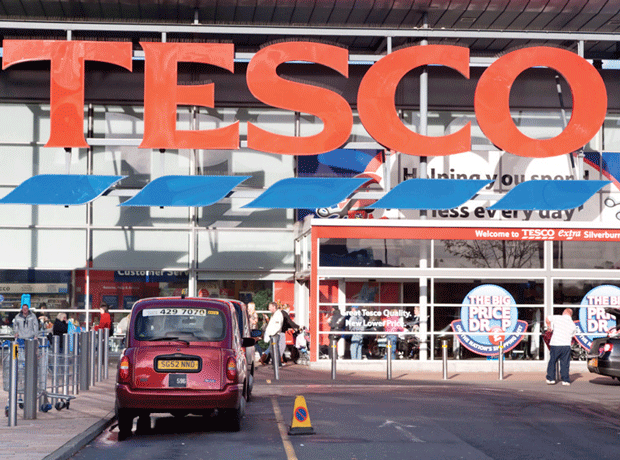

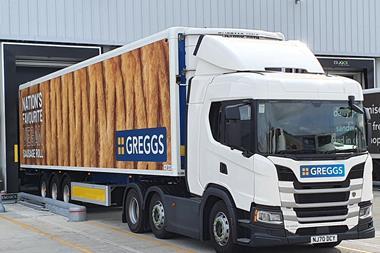


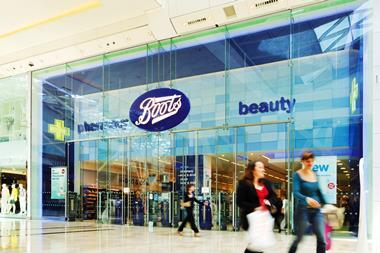



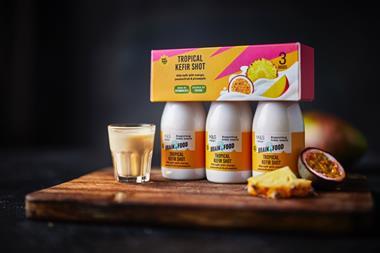
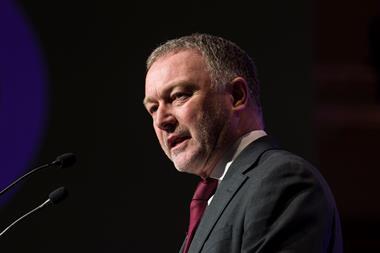
![Veg-display-Units[40][38]](https://dmrqkbkq8el9i.cloudfront.net/Pictures/380x253/9/5/2/345952_vegdisplayunits4038_366087.jpg)
No comments yet